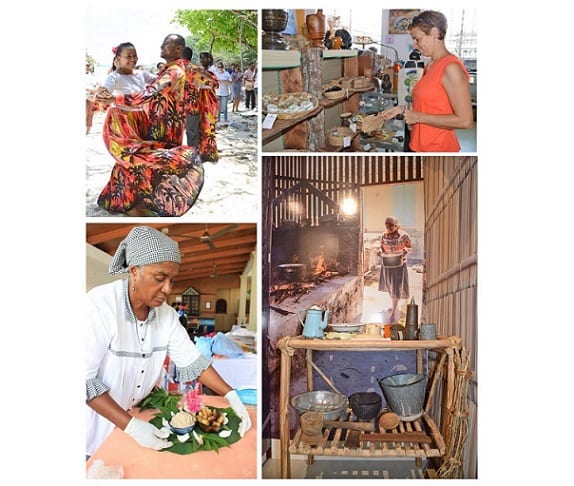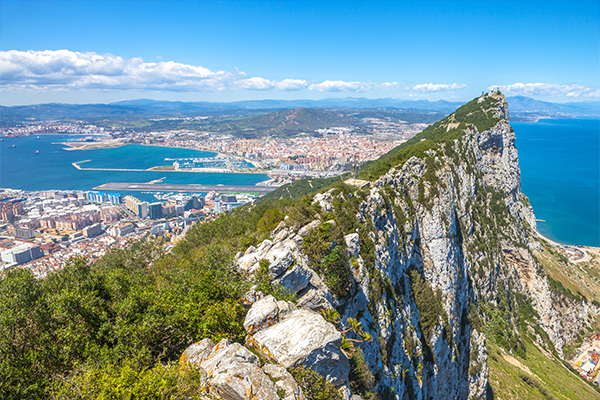A glimpse into the Seychelles melting pot
A tender nation of merely 250 years, the Seychelles Islands harbor a wealth of heritage, stemming from the continents of Africa, Europe and Asia. Blending into what is now known as the Seychellois Creole culture, this melting pot captivates...

A tender nation of merely 250 years, the Seychelles Islands harbor a wealth of heritage, stemming from the continents of Africa, Europe and Asia. Blending into what is now known as the Seychellois Creole culture, this melting pot captivates onlookers with its diverse history, art, cuisine, dance, and language.
Immerse yourself in rhythms of the past
African influences are still present in the rhythm of creole music, with vivacious beats telling stories of their slave ancestors who used music to escape the day’s troubles. Guided by the blaze of a bonfire, African slaves would find themselves moving to the beating of drums and belting of notes, a practice which has been passed on and can occasionally be witnessed across the islands.
The “moutya” and “sega” are some of the most popular bonfire dances inspired by their African ancestors, followed by the European-influenced body of more formal “kanmtole” dances such as the “kontredans,” “kotis,” “mazok,” and “valz.” Accompanying dynamic dances are vibrant rhythms of instruments accented by percussions, and strong, steady vocals, staples of creole music which has kept much of its original influences.
Still alive today, you can find yourself mesmerized by the rhythm and movements along sandy shores during the golden hour and at cultural events such as the annual Festival Kreol in October.
Take your palate on a gastronomical voyage
Dance and music aren’t the only elements that tantalize travelers; creole cuisine creates a lasting impression on one’s palate, tantalizing the tastebuds with flavors bursting with warm spices and fresh ingredients. Creole cuisine is something that remains one of the most exciting aspects of the local culture.
Around every corner of the island, local bites can be relished as one explores some of the archipelago’s many natural wonders where many of the ingredients for the creole dishes can be found. Historical sites such as the Jardin du Roi even offer such tours which ends with homemade dishes at a quaint café surrounded by the blissful whispers of nature.

 Konoly
Konoly 































